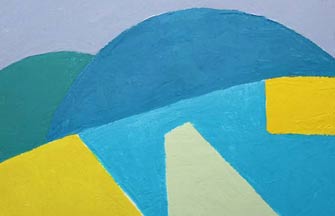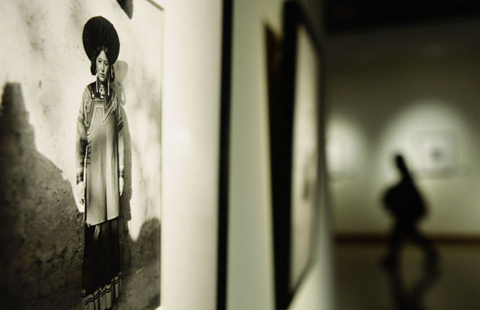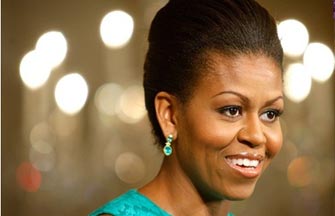Changing stages
By Deng Zhangyu and Liu Mingtai ( China Daily ) Updated: 2014-01-22 07:18:48
 |
|
A performance of er'renzhuan features two participants at Liu Laogen Stage, in Changchun, Jilin province. Gao Dianhua / for China Daily |
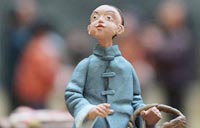 |
| Clay creations capture festival spirit |
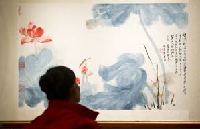 |
| Zhang Daqian's work exhibited |
Its popularity can be attributed to its spokesman Zhao Benshan, a well-known short-skit performer who derived much of his stage talent from his early years as an er'renzhuan performer.
Zhao is one of the most popular performers on CCTV's Spring Festival Gala watched by hundreds of millions of people. He performs with his er'renzhuan partners and his apprentices at the gala. He also made a popular TV series Rustic Love with actors and actresses who were once er'renzhuan performers.
In 2003, Zhao opened his first er'renzhuan theater, Liu Laogen Stage, in Shenyang, Liaoning province. It was so popular that Zhao opened more in North China's capital cities and in 2008, he set up one in Beijing.
The popularity of the folk show has lured more young people, especially those from poor families, to learn er'renzhuan, which can offer them a good living as performers.
"A good er'renzhuan performer can earn about 400,000 yuan a year. But 20 years ago, they could only make ends meet," says Li Yunjie, general manager of a Changchun-based er'renzhuan theatrical company.
Li says many teenagers start learning er'renzhuan after primary school, especially those from impoverished areas. To be er'renzhuan performers is one way to get out of poverty, says Li.
The trend has even given rise to the mushrooming of training schools. In small cities where there is not even a cinema, there is at least one training school.
Jiang Panpan says it's very common for performers to return to their hometowns to either run a training school or be an er'renzhuan teacher after they turn 40, the age that usually marks the end of their performance career.
Born into a family that has produced four generations of er'renzhuan performers, Jiang observes the folk show's development with surprise.
The ticket price has increased from a few yuan decades ago to several hundred yuan now. The stage has transformed from any space that can house a two-person performance into a spacious and fine theater.
"It has changed a lot. I feel like it's not er'renzhuan any more after acrobatics, martial arts and modern dance are added in," says Jiang.
But for Ma and Li who run the er'renzhuan company, it's the art form's openness that makes it popular both in the countryside and in cities.
"Country folks can understand it because it originated from farmers' daily life. People in cities appreciate it because of its openness to other art forms. We can add anything to it," says Ma.
|
|
|
|
|
|
|
|

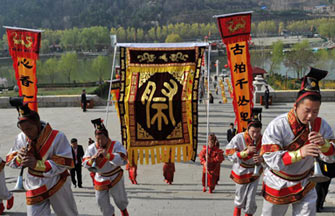
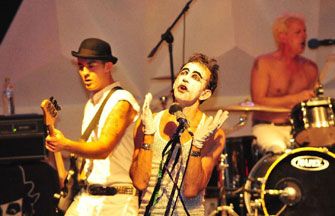
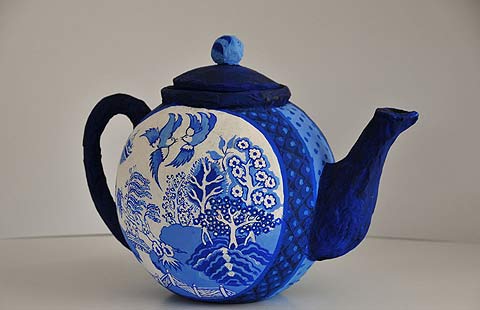
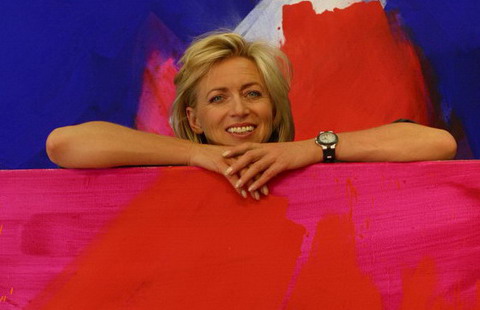
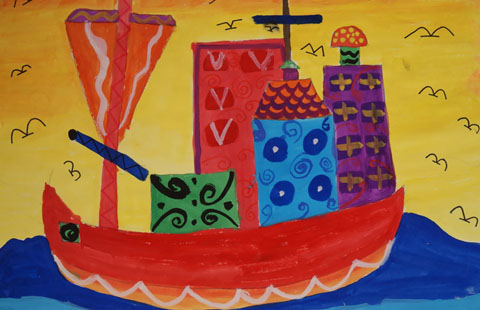




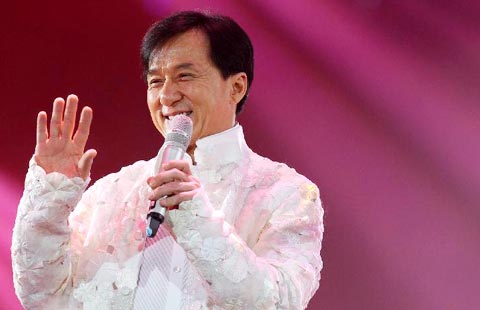



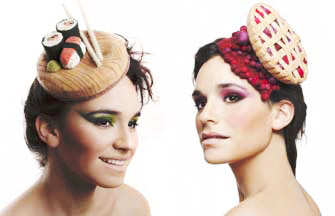
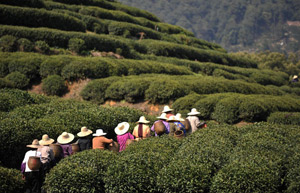


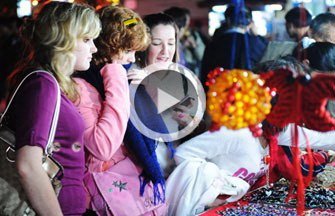
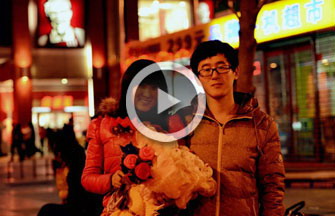

 Raymond Zhou:
Raymond Zhou: Pauline D Loh:
Pauline D Loh: Hot Pot
Hot Pot Eco China
Eco China China Dream
China Dream China Face
China Face
